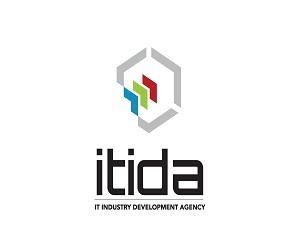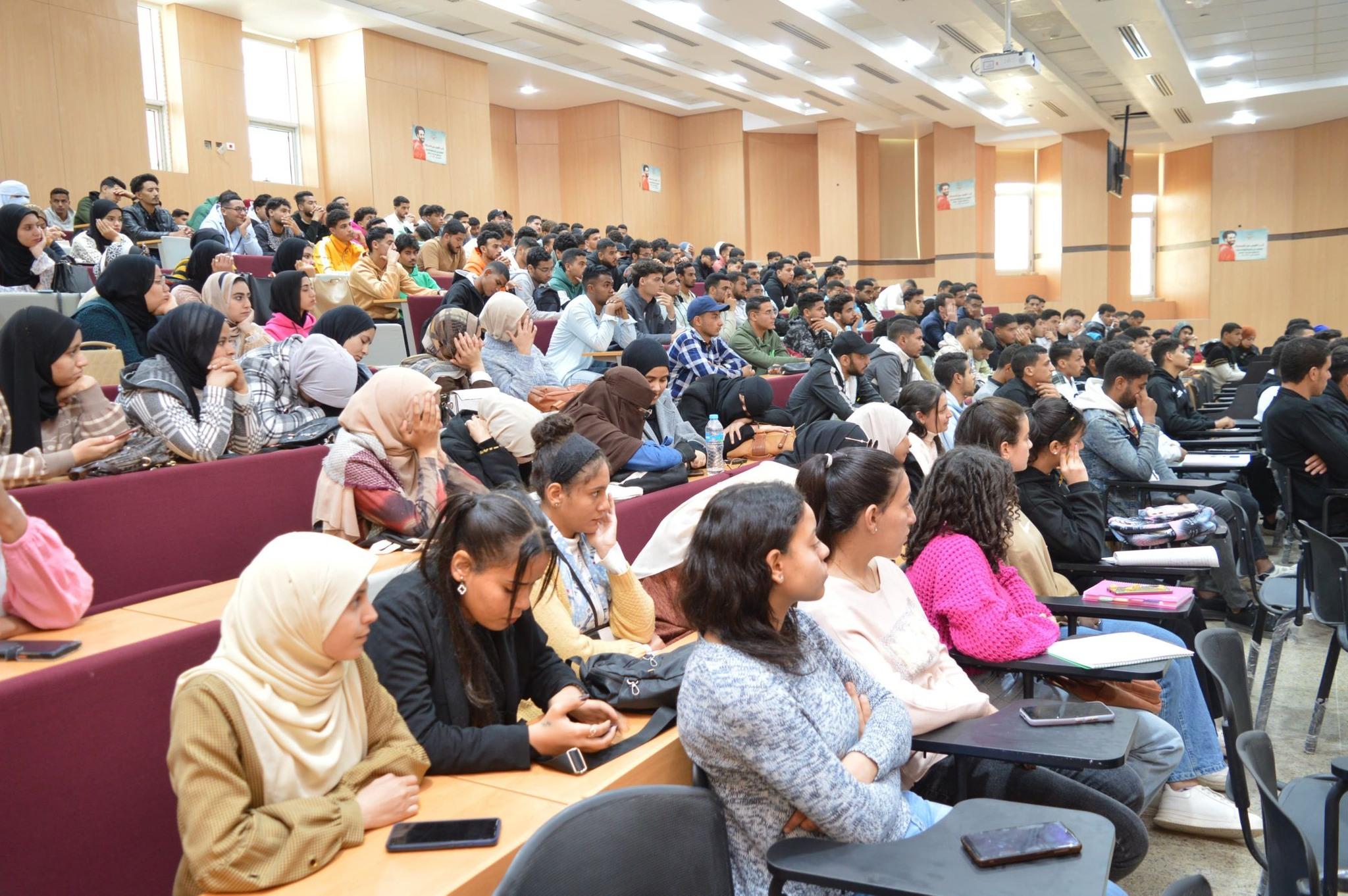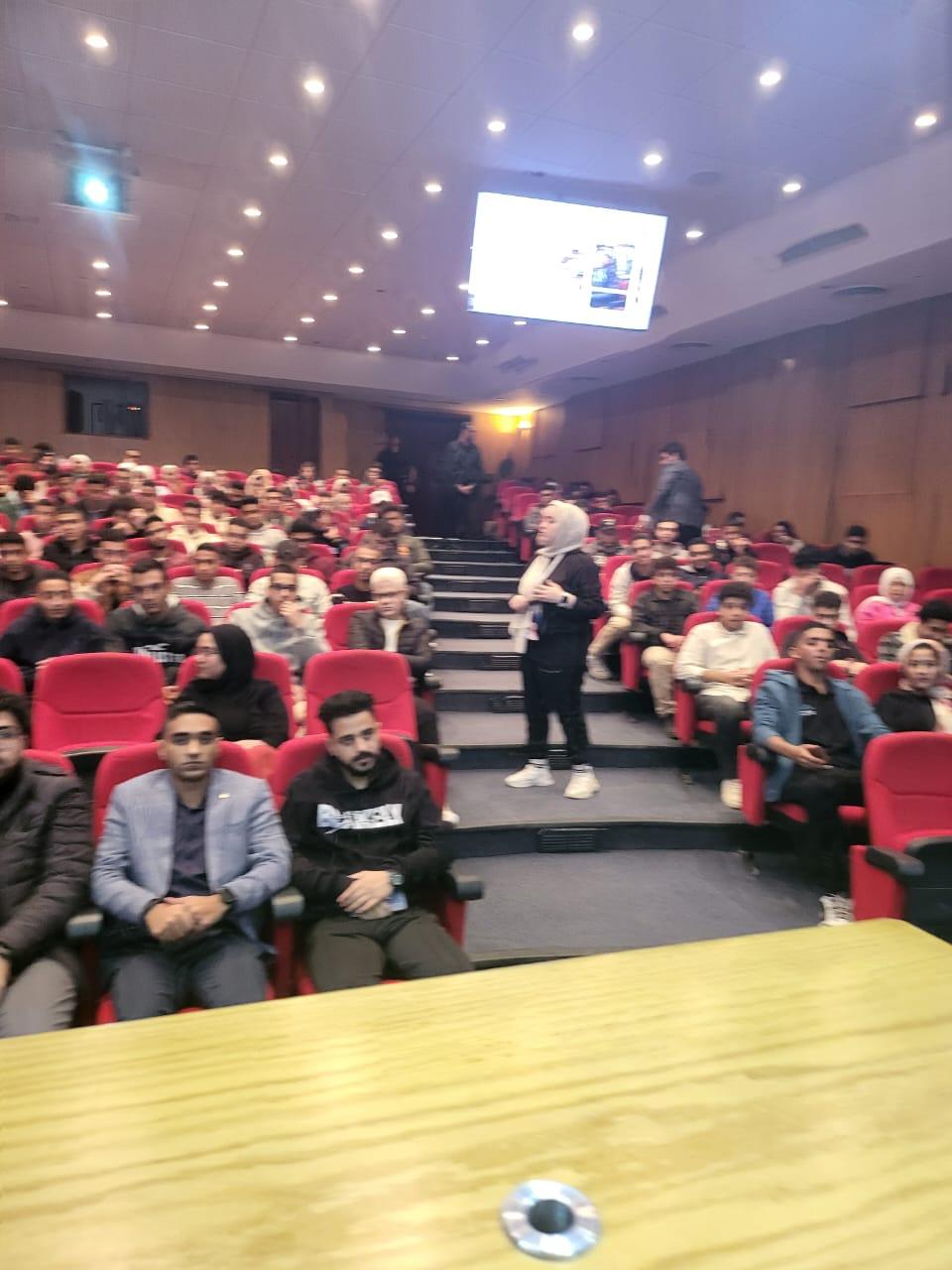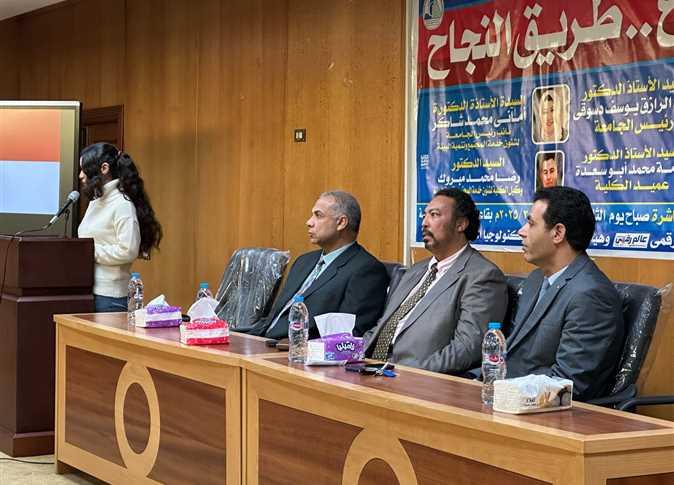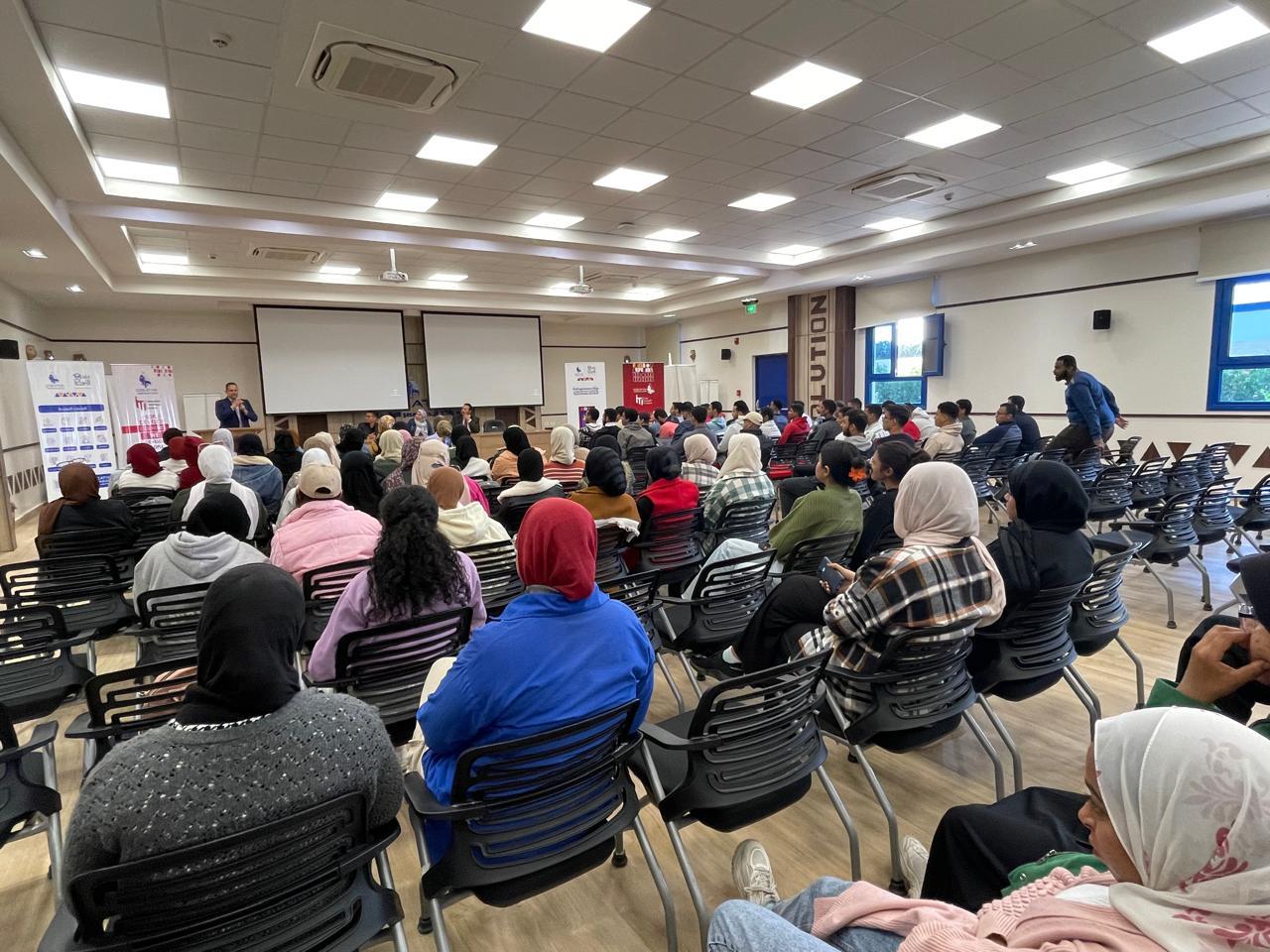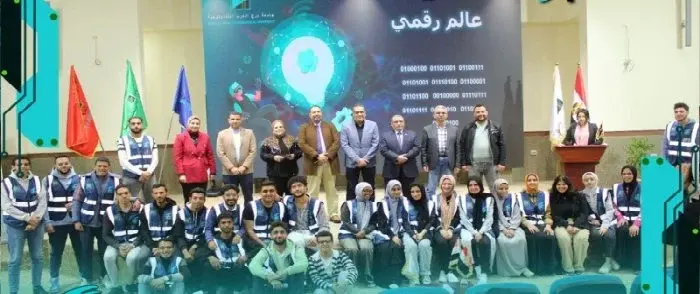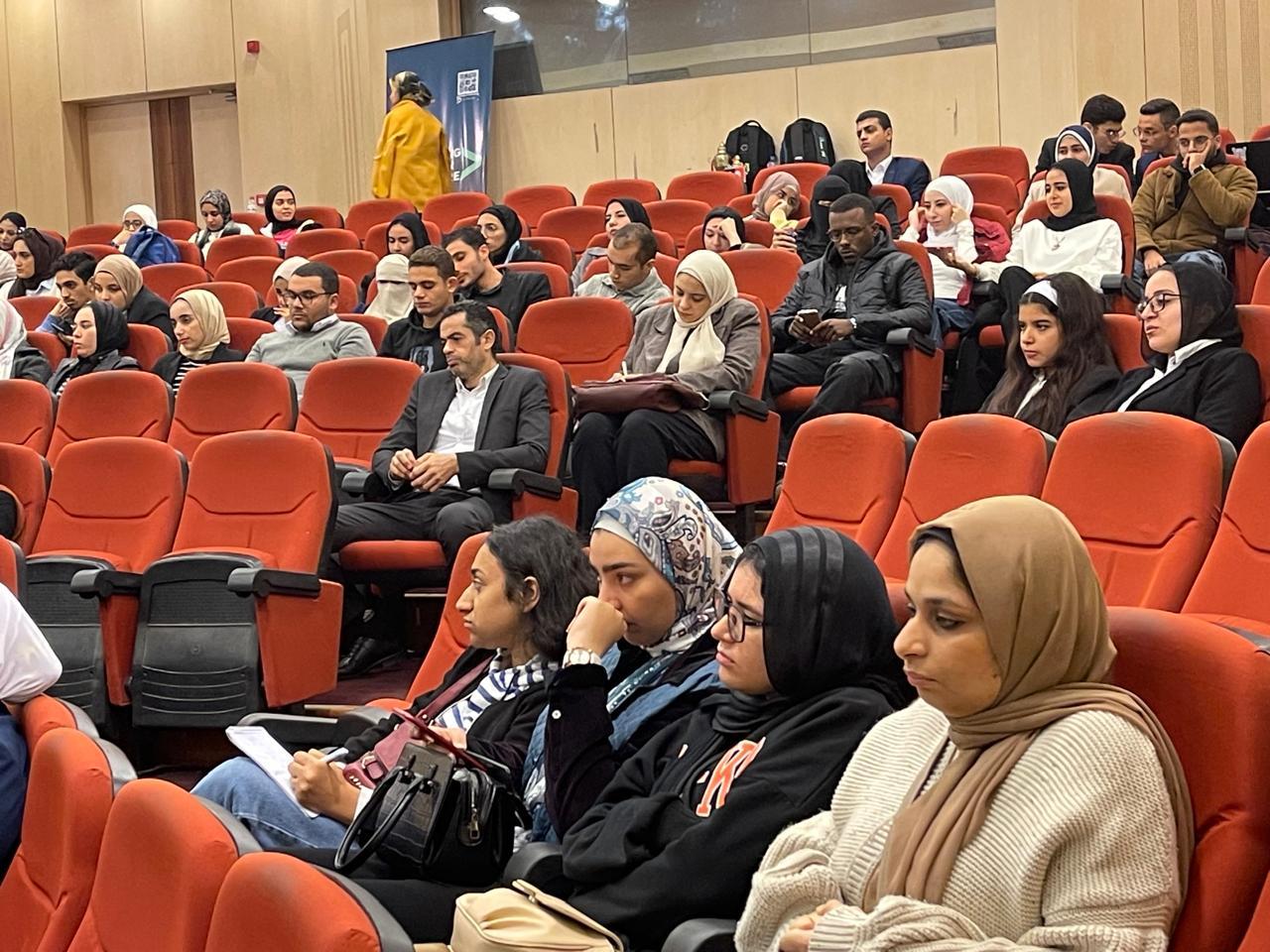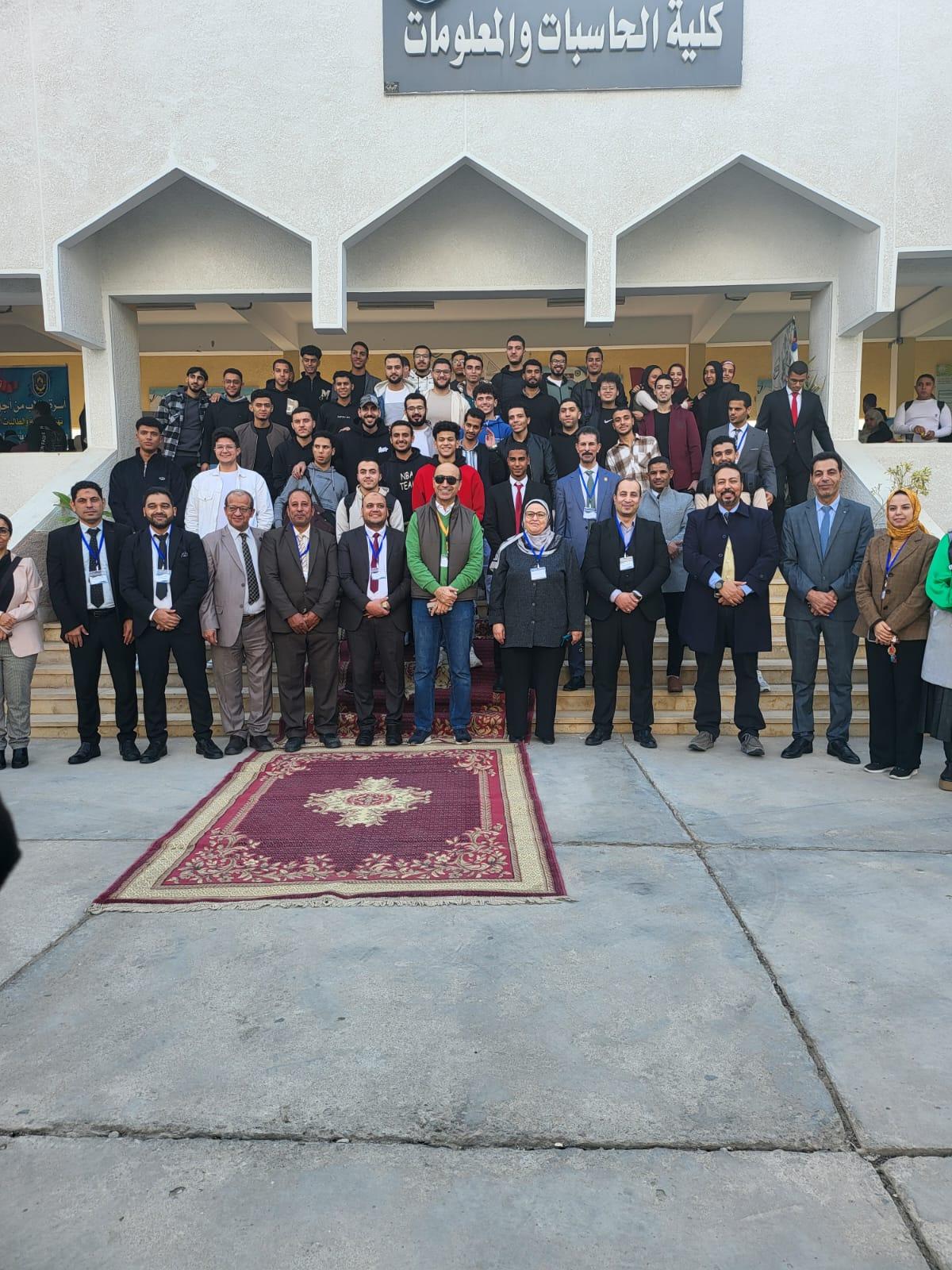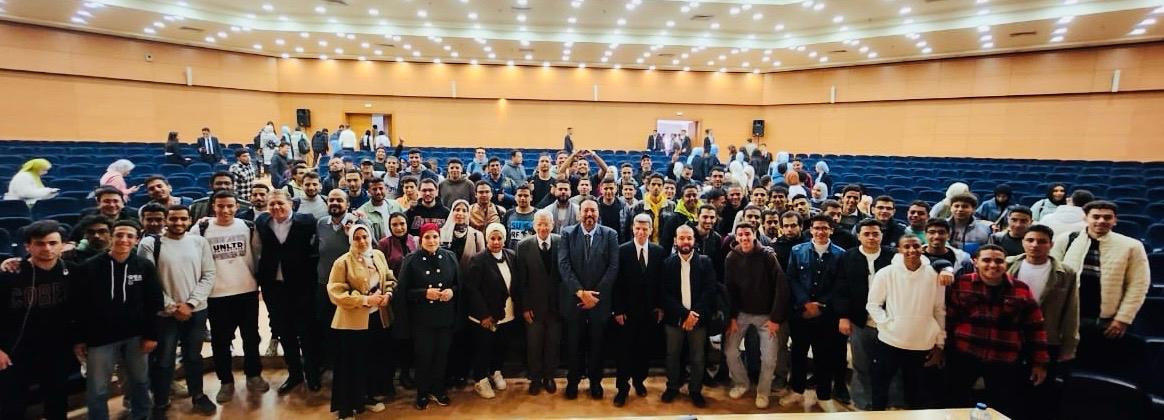Mohammed Amin,
Sr. Vice-President, MERAT, Dell Technologies
Right now, when, where and how people do their jobs is undergoing the biggest change in history. The line is blurring between which tools are used at work and at home. Workers are accustomed to rich features and functionality on their personal devices and expect the same to perform their work no matter where they are. In today’s digital world, it’s no longer a matter of ‘good enough’.
In order to achieve business success and more importantly, attract and retain talent, organizations must create a better work experience because today’s workers are quite savvy and have much higher expectations around their experiences than even just three years ago. The fact is, everyone wants to work the way they want, without restrictions, collaborating and communicating with colleagues in a natural, seamless way. Emerging tech today is not only creating new possibilities for how people and jobs find each other more seamlessly, they are also enabling new ways of working together. So, as work becomes less of a place you go, and more of a task you perform, employees expect to be able to work whenever they want, wherever they want.
But are organisations truly ready to evolve the traditional 9-to-5 desk job to meet the needs and expectations of both the business and their employees? In the next year, businesses will need to strike a balance between empowering employees to work virtual through advanced technology solutions and retaining a workplace environment that allows their employees to work onsite in the office while maintaining company culture and productivity.
The transformation into a digital workplace that meets worker expectations does not come about easily. Older enterprises are set in their top-down approach to IT services, wherein enterprise product investment by the IT department has resulted in an environment in which only vetted and approved corporate applications can be used. As you can imagine, this approach falls flat with today’s workforce, who have a strong understanding of what technology can do for them and are at ease using communications and collaboration tools even in their personal lives. In today’s workplace, IT departments can barely keep up with the constant demands for personalization and easy-to-use solutions, alongside the demands of employees to integrate their work and personal devices and applications.
The unrelenting pace of digital and workforce transformation creates new challenges consistently and yet also presents huge opportunities for companies to get things right. So, what can you do to create that workplace edge?
Give people the power to succeed and something incredible happens. They succeed.
IT departments understand that an employee’s productivity is closely tied to the technology used by that worker and it is extremely important that each employee have the IT tools best suited to the work they are doing. Therefore, having a modern and digitally enabled workforce is made possible when silos are eliminated, and operations are simplified through end-to-end, integrated infrastructure from the edge-to-the-core-to-the-cloud. According to the Dell Technologies Realising 2030, Future of Work Study, 54% of business leaders believe companies should equip employees with latest personal tech solutions & tools.*
From creating hyper-tailored experiences for everyone with the right apps, data, services and devices to enabling office, remote, home and on-the-go collaboration and easy communications with total security, an organization’s technology choices are key to making modern workers more productive and their business more competitive.
Digital technology should be accompanied by a true digital mindset amongst business leaders.
To define digital transformation as simply ‘the application of digital technology to impact all aspects of business’ is to diminish its true meaning. It also involves a change in how technology led innovation and adoption is perceived. Innovation has to tie-in to the vision of the organization. We live in an era of disruption – of sectors, of products and of ways of life. Innovation in response to disruption can severely test this commitment, and this is a responsibility that the leadership shoulders, considering their greater custodianship of the organization’s objectives. This directly links back to improved business outcomes. Building this transformation readiness is at the core of building a digital culture, requiring new ways of working across leadership policies, role definitions, and people processes. Engaging everyone in the business in learning, experiencing and enjoying exposure to new digital tools is the other half of the digital culture strategy.
Looking ahead: defining the future of work in the next decade must begin now
Ten years out, organizations that successfully achieve digital workplace transformations will be at an advantage over businesses struggling with legacy systems, massive amounts of data and workforces unprepared for change. Some companies will run the race quicker than others, which could widen the gap between businesses that are future-ready and able to benefit from emerging technologies, and those that are not. But one thing is for certain: the steps organizations take today - including modernizing infrastructure, inspiring employees and deploying next-generation technology infrastructure - will lay the groundwork for their digital-future and help to bring to fruition the next wave of technology led, human progress.




































































